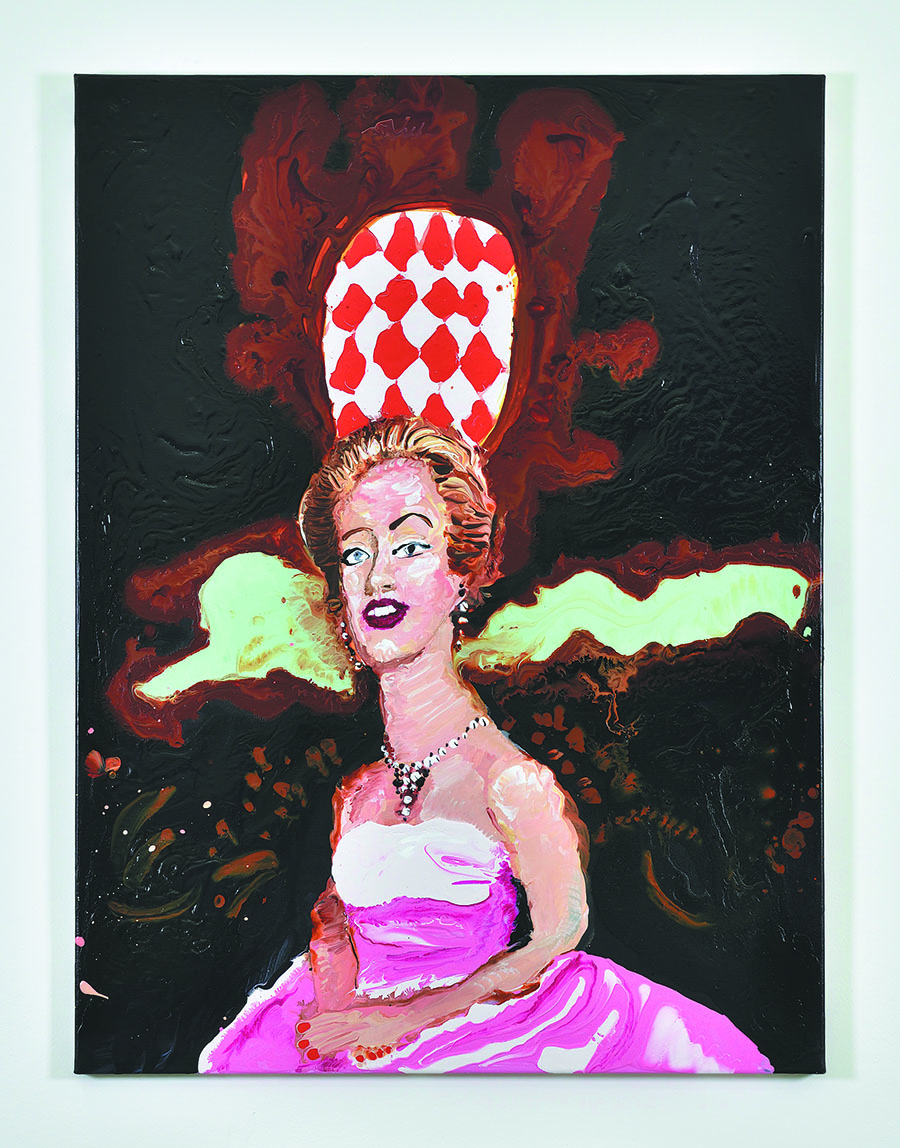

Figgis' art cannot be easily categorized, as she explores classical painting subjects in a unique, almost manic manner.
Using her distinctive fluid brush-strokes and vibrant colors, the artist re-imagines and interprets the works of masters like Jean-Honore Fragonard, Francois Boucher, Thomas Gainsborough and Francisco Goya. She aptly refers to these works as "cover versions", borrowing the term from popular music, to signify their status as reinterpretations of famous historical pieces.
Figgis confesses that, like many young girls, she was enamored in her youth by the opulence of upper-class society, the ambience of royal balls, and the grandeur of immaculate ceremonies. However, it wasn't until she grew older that she realized that the 18th century, an era of wealth and power for some, was far from perfect, especially for women. She discovered that the lavish fashion of the era carried implications of scrutiny and constraint.
"Although we are only a few hundred years away from the 18th century, the people of the time seem to come from another world. What can we learn from history? It's a question I need to solve step by step, like a huge puzzle," Figgis says.
Figgis typically lays her canvases flat on low tables or on the floor and splatters diluted acrylic paint onto them. In this process, gravity takes the place of a brush, allowing the paint to flow, spread and coalesce on the canvas.